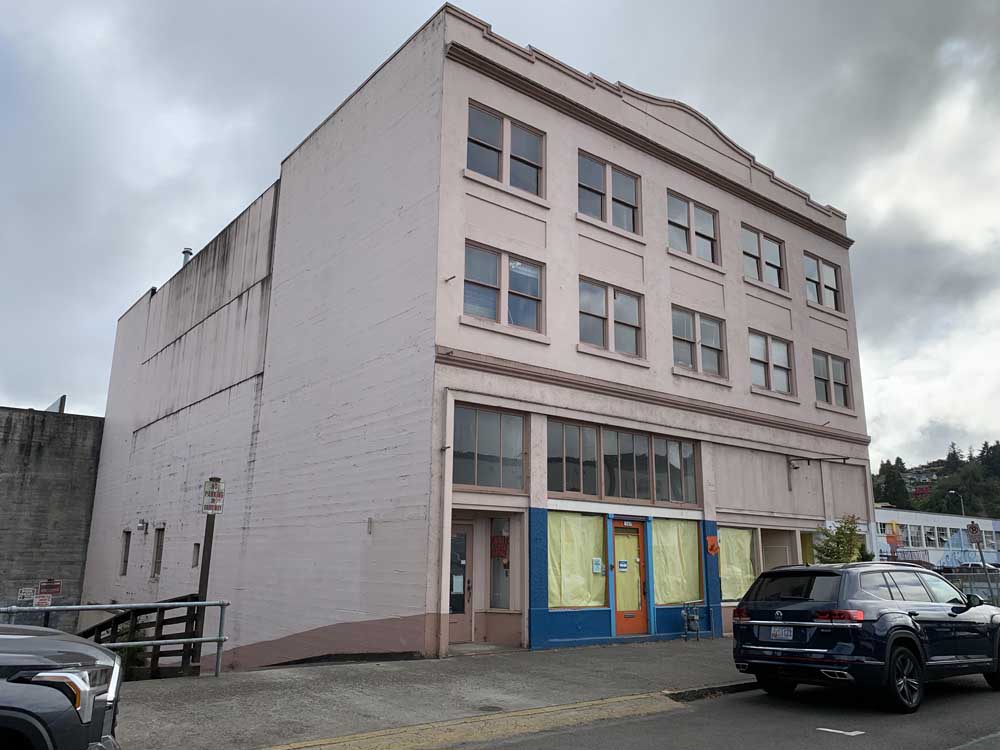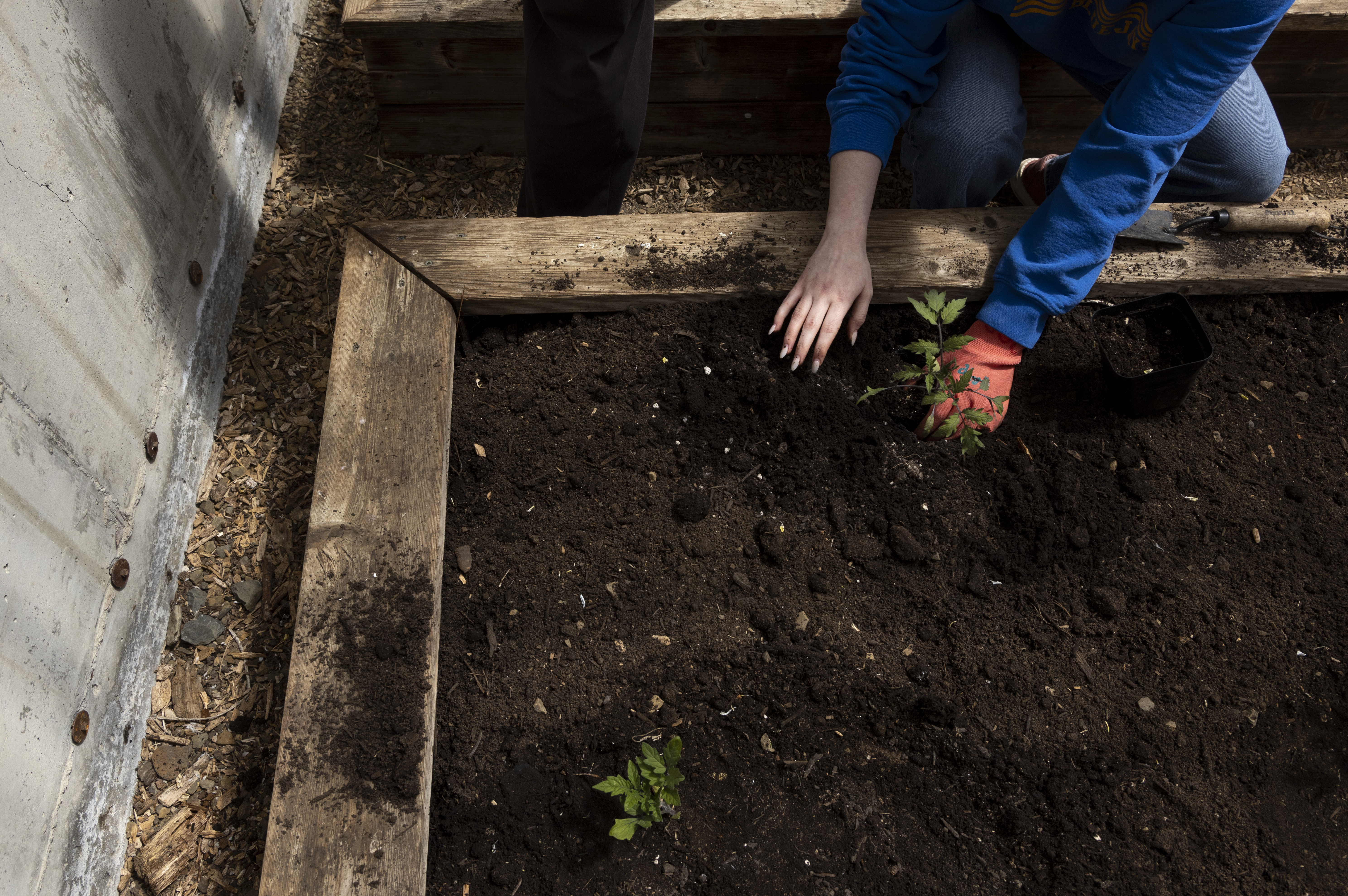Zinger’s Ice Cream adds the green touch
Published 5:00 pm Wednesday, August 8, 2007
SEASIDE – Mike and Mona Exinger make “green” ice cream. Most of it isn’t green in color, but it is all homemade with an eye on recycling, reuse and sustainability.
The Exingers operate Zinger’s Ice Cream Parlor in Seaside with an environmentally conscious philosophy.
“You have to believe you’re doing the right thing, because it doesn’t make a whole lot of business sense,” said Mona Exinger.
A case in point is the grass-and reed-pulp bowls found at Zinger’s. They look like normal bowls, but cost between 2 and 3 cents more apiece than plastic and Styrofoam.
“That doesn’t sound like much, but multiply it by 2,000,” said Mike Exinger.
Power also costs the Exingers more. They use Pacific Power’s renewable energy at their store and Seaside home despite the fact that it costs 10 percent more than the alternative.
Power-efficient appliances are a different story. Their Energy Star appliances – products that meet strict energy efficiency guidelines set by the Environmental Protection Agency – cost more to begin with, but require less electricity to run, and over time should save enough energy to make up for the higher price tag.
Peter Spendelow, a solid waste policy analyst with the Oregon Department of Environmental Quality, says that efficient appliances are one way that individuals and businesses can significantly reduce energy consumption.
“If you get an appliance that cuts down on energy use by 40 to 50 percent, that is substantial,” said Spendelow.
The Exingers have stocked their store with products that are either made of recycled materials, are biodegradable or are reusable.
The 60,000 tasting spoons they go through each year are made of wood, and the ice cream spoons are made of corn starch. By reusing ice cream tubs, they save roughly half a ton of waste a year, and they estimate they recycle 10 times more waste than they throw away.
“Once you learn, it’s almost second nature,” said Mike Exinger. “Unfortunately, the food industry is mind-set on plastic and Styrofoam. It’s hard to buck that trend. Some of the products we use still aren’t mainstream, so they are more expensive.”
The Exingers are also concerned about the environmental cost of creating the products. Energy is required to grow raw materials and produce the spoons and bowls. Spendelow said that such products probably require less energy to manufacture, but are still going to be used only once before being tossed because they are contaminated with food.
Spendelow said reusable, renewable energy sources and efficient appliances are the best ways for food-service industry to reduce waste.
“In many cases, we have lost reusable containers,” said Spendelow. “Life cycle analysis shows that reuse is the best conservation method.”
The product
The Exingers opened Zinger’s in 2001 and began making their own ice cream in 2004.
Making ice cream “was probably inevitable,” said Mona Exinger. “We are both control freaks.”
Ingredients consist of buttermilk, whole milk, cream, sugar, non-fat milk power, egg yolks, filtered water and a natural stabilizer. As a mixer does its work, flavoring, such as vanilla, fruits and chocolate are added.
One batch takes only 10 minutes to mix. After sitting for 10 hours in a freezer, it’s ready for a cone.
The Exingers say that several factors make their ice cream distinct; it is mixed at a high speed resulting in a creamier taste, they use a high percentage of buttermilk and most of their recipes are concocted right in the store through trial and error. Their experimentation has resulted in some exotic flavors, including caramel cashew, chocolate banana and Mona’s personal favorite, cinnamon.
They make 30 to 40 gallons a day and try something new every year.
“Making our own ice cream is a pride thing,” said Mike Exinger. “At the end of the day we can say we made that ourselves.”





